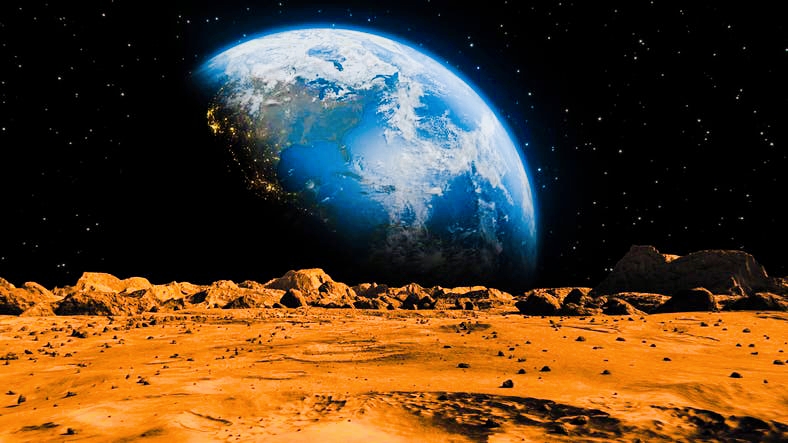New Findings Reveal Mars' Dark Streaks Formed by Wind and Dust, Not Water

After years of speculation and scientific debate, researchers are closer to solving the mystery of the dark streaks appearing on the surface of Mars, known as recurring slope lineae (RSL).
A recent analysis of data from the European Space Agency's ExoMars satellite, employing artificial intelligence and advanced statistical methods, has revealed that these streaks are not the result of salty water, as previously believed. Instead, they are formed by the movement of dust, sand, and wind, creating stunning visuals that combine scientific inquiry with cosmic beauty.
* Dust and Sand Flows Provide New Insights
In December 2023, the ExoMars Trace Gas Orbiter captured images of streaks formed by a dust and sand flow on the slopes of Apollinaris Mons during Christmas night. The colored and three-dimensional surface imaging system CaSSIS revealed a slight accumulation of meteorite craters and dark traces at the base of the slope.
A study titled "Dust, Sand, and Wind Drive the Formation of Slope Lineae on Mars," published in the journal Nature Communications, focused on these phenomena.
* Large Datasets and Advanced Analyses
Researcher Valentin Tertius Beekel from the Center for Space Studies and Habitability at the University of Bern in Switzerland stated that current evidence suggests that most dark streaks are caused by dry, non-seasonal factors such as meteorite impacts, Martian earthquakes, and wind.
For a precise analysis, the team utilized data from the Mars Reconnaissance Orbiter (MRO) collected between 2006 and 2024, applying artificial intelligence algorithms and machine learning to analyze over two million streaks.
The so-called "line count" indicated that the majority of these phenomena are concentrated in five main locations on the Martian surface, with only about 0.1% of the streaks directly attributable to events like meteorite impacts and earthquakes.
* Significance of the Discovery
These findings provide crucial evidence to clarify the controversies surrounding the causes of the dark streaks and enhance our understanding of the dynamic forces shaping Mars' climate, both seasonally and non-seasonally.
Scientists hope this research will help answer significant questions about Mars:
• How and when did its surface water disappear?
• Where did this water go?
• Could it have ever supported life?
This research is part of nine ongoing space missions conducted by five international agencies, with plans for further unmanned missions to prepare for crewed travel by the mid-21st century.
